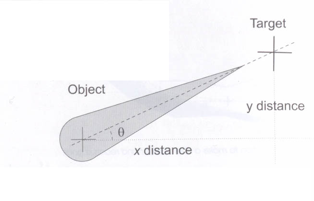main menu
browse the gallery of student projects (select TAG or YEAR) or the archive of animations
browse the gallery of student projects (select TAG or YEAR) or the archive of animations

Computer Animation of complex figures (human or otherwise) is a complex and often arduous task. There are two main methods of animating these figures. The first is through interpolating animation, which comes between key-frames. Interpolation can either be completed by hand or through the use of the computers analytical properties. Another method is through the use of high-level algorithms that can be used to animate specific cycles or repetitious movements. These can be slightly altered through the parameters implicitly built into the algorithm. The techniques of Inverse Kinematics, that originally began life in the field of robotics, are helping animators by reducing the amount of specific information needed to change between key poses, whilst keeping complete control over the range and look of movement. In this paper I hope to look at a few of the techniques, past and present, that make Inverse Kinematics such a useful and interesting field.
files
LiamKirtleyInnovations2005.doc
files
LiamKirtleyInnovations2005.doc
The NCCA is delighted to announce the launch of a brand new course for the 2018/19 academic year. ...
Posted By: Chris Williams Date: 17/08/17 Read More...
The annual Tech Nation survey quantifies the value and growth of the UK digital economy, in particular identifying sectors...
Posted By: Richard Southern Date: 22/03/17 Read More...
Hot on the heels of their win at AniFest 2016, Naughty Princess has won the best student animation award...
Posted By: Richard Southern Date: 06/03/17 Read More...